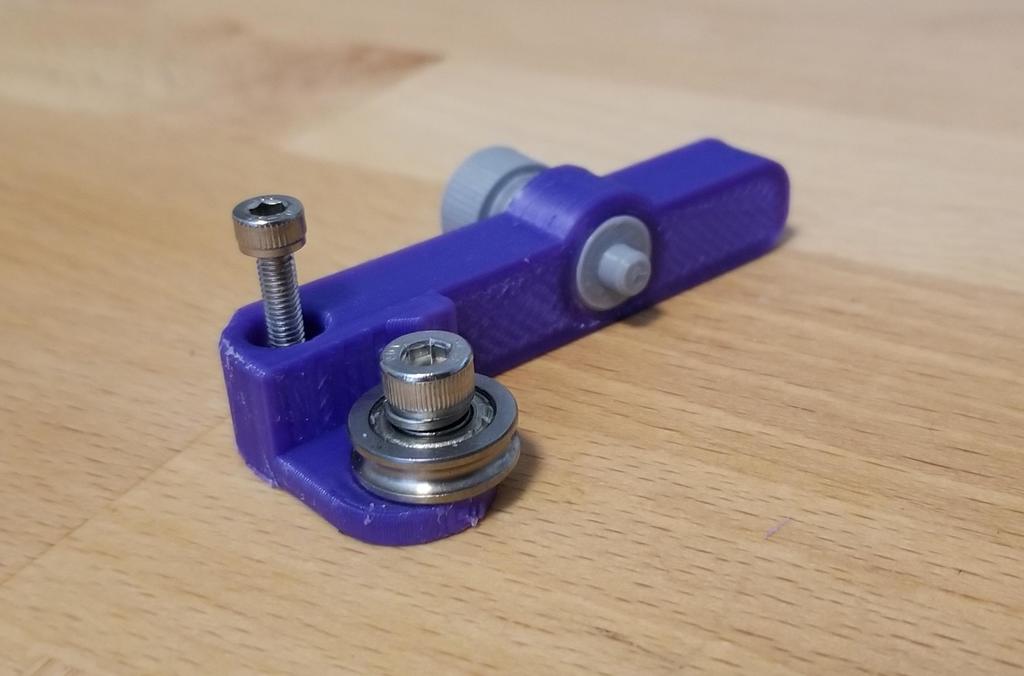
Ender 3 tensionable extruder arm
thingiverse
Replacing the stock arm with this tensionable arm on Ender 3 / CR10 / etc extruder/feeder yields much more consistent results in 3D printing. The stock feeder struggles to get sufficient tension from its weak springs, which come standard on these printers. This enables you to adjust the tension until you achieve real bite, visible on the filament but not deforming it. A quick test involves seeing if you can easily spin the feeder gear with preloaded filament - if it slips under light force, then you likely have a stock Creality printer. If filament is not yet engaged at the hot end, you can perform a pull test while holding the feeder gear still. If it slips easily again, then more tension may be needed. Additionally, unwinding the filament to check for visible bite marks is a sign that you've achieved the right amount of grip. The ideal print settings are 0.10mm layer height and printing the threads' axis vertically (e.g., bolt standing up). Together, these ensure consistently working threads. Up to 0.14mm has worked for me, but you may need a tool to slowly spin the threads back and forth as you work the bolt in. You can also make the bolt narrower in your slicer to help if your printer is not very accurate - just avoid making the bolt shorter as it will cause binding. PLA works great due to its stiffness.
With this file you will be able to print Ender 3 tensionable extruder arm with your 3D printer. Click on the button and save the file on your computer to work, edit or customize your design. You can also find more 3D designs for printers on Ender 3 tensionable extruder arm.
